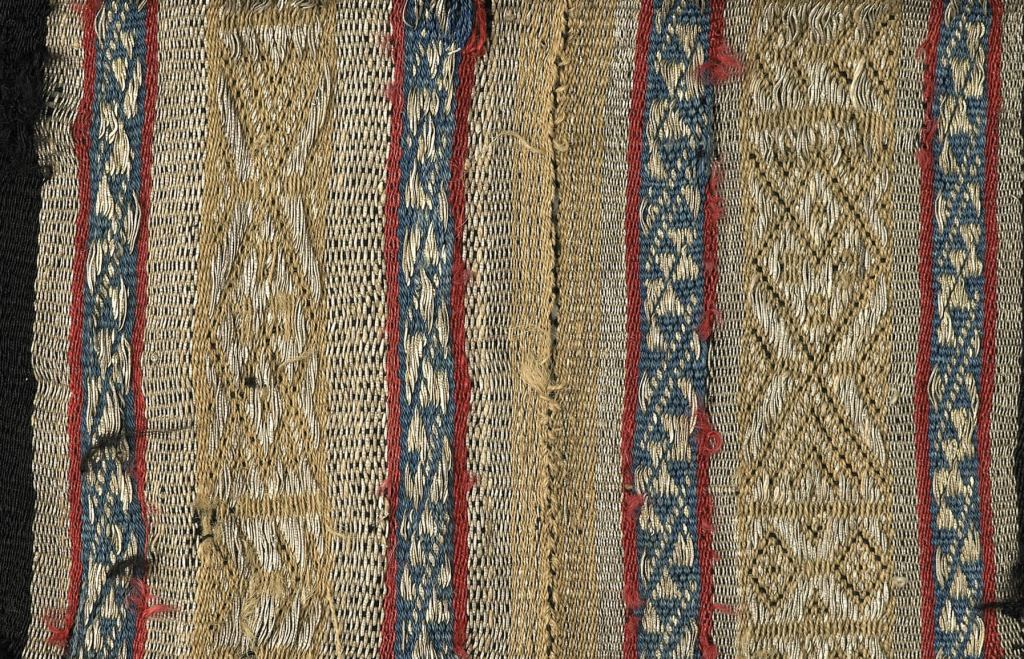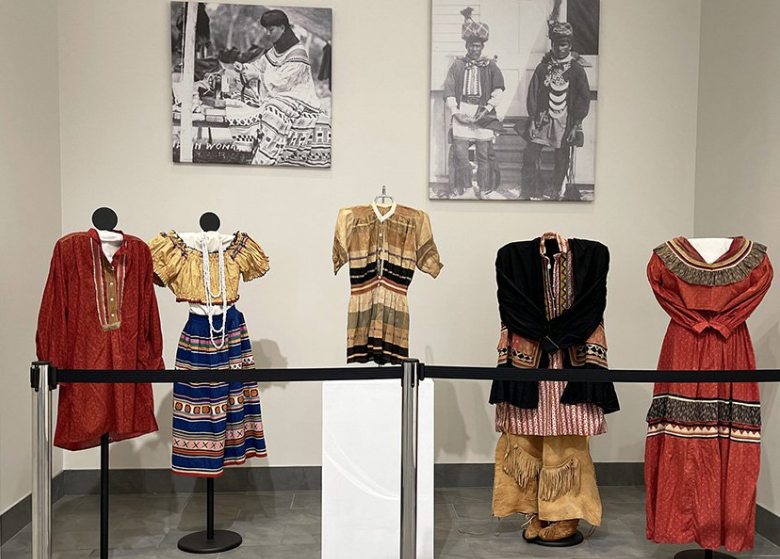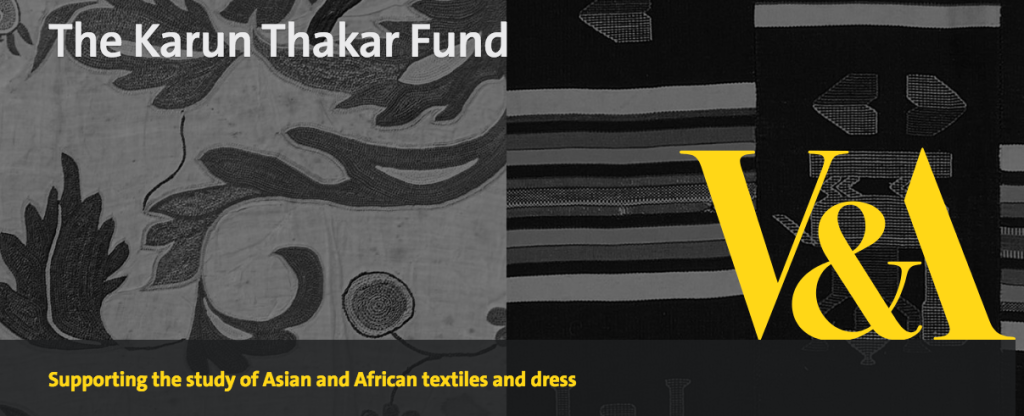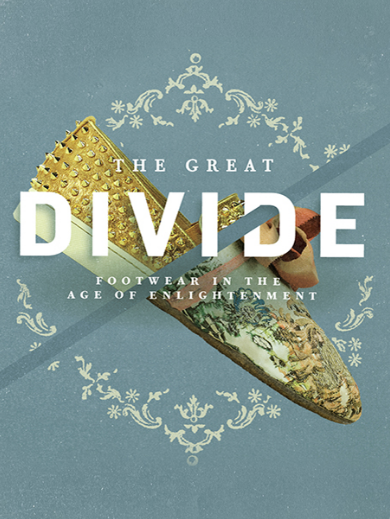
Andean textile expert Elena Phipps will be giving a lecture on the subject of Weaving Silver: Brilliance and sheen in Andean colonial textile traditions on Tuesday 27 July at 16:05 BST. This is part of an international, inter-disciplinary conference entitled The Matter of Silver: Substance, Surface, Shimmer, Trauma, which will take place over three consecutive afternoons. Each free session can be booked separately. For more information and registration details please click here.

A new exhibit has opened at Elliott Museum, Stuart, Florida, dedicated to the life and culture of the Seminole Indians. Entitled Seminole People of Florida – Survival and Success it “will focus on the rich material culture that the Seminoles created and sustained during the late 19th and 20th centuries. From isolation in the mid-1800s to the establishment of two sovereign tribes that oversee modern, successful businesses, the Seminole people have experienced an extraordinary journey.” – Knowhere article. The exhibition will run until 4 October 2021.

A new scholarship supporting the study of Asian and African textiles and dress has been established by Karun Thakar, in collaboration with the V&A. Awards of up to £10,000 are available for those studying these subjects both in the UK and internationally. Click here for more details.

The Bata Shoe Museum in Toronto is now open again. They are running a series of virtual tours this summer. This Sunday, 25 July, at 11am Eastern time (16:00 BST) the tour will focus on Footwear in the Age of Enlightenment. It will look at how clothing codified the distinctions between people, and how “a close examination of 18th century footwear reveals a great deal about the power dynamics of the period.” – museum website. More information about the exhibition can be found here. You can register for the online tour here.


